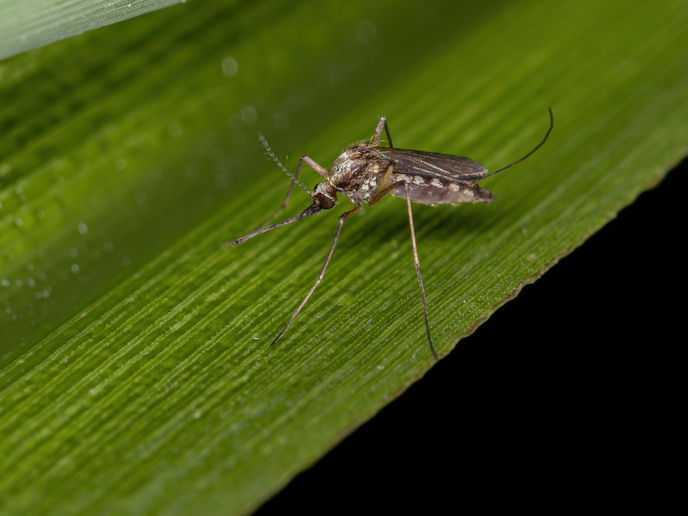Unveiling the process of gene integration
Gene integration into the host genome is known to occur either randomly or in a targeted manner as a result of homologous recombination. The latter approach offers the advantage of introducing or deleting specific DNA sequences from defined chromosomal locations. With the advent of genomic sequencing and the availability of genome information in various species, specific gene integration has been greatly facilitated. Despite its potential use in gene therapy applications, the precise mechanisms that regulate transgenesis are elusive. To this end, the EU-funded ‘Controlling gene integration: a requisite for genome analysis and gene therapy’ (Geninteg) project aimed to study gene integration by recombination in a number of different model organisms. Scientists proposed that since DNA repair mechanisms are conserved during evolution, a comparative genomics approach would discover evolutionary conserved principles of gene integration. Project scientists investigated why targeted integration occurred efficiently in some eukaryotic cells, but not in others, as well as the site-specific integration properties of adeno-associated viruses (AAV). The Geninteg-acquired knowledge was used to increase the efficiency of targeted gene integration through modification of constructs, their transfer into the cell nucleus or by regulating the expression of trans-acting recombination factors. It is expected that since gene targeting is the only means of precisely modifying the genome of cells, the Geninteg-gained knowledge and resources will benefit gene integration approaches across plant and animal species. Future investment into development of controlled gene integration technology promises significant consequences not only for basic research, but also for drug development, biotech and medical applications.







